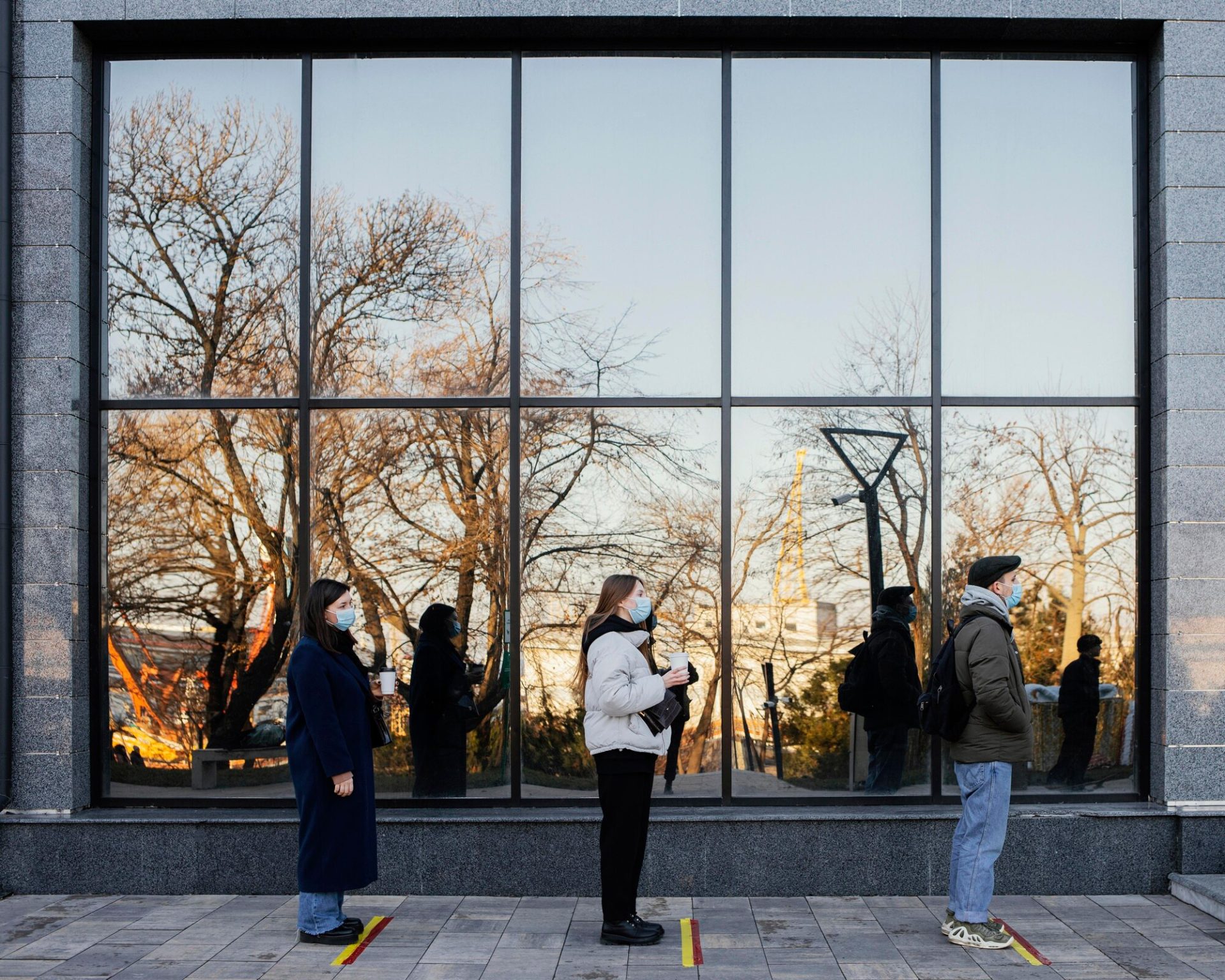Installing commercial windows is a crucial step in enhancing a building’s energy efficiency, aesthetic appeal, and overall functionality. Unlike residential windows, commercial windows are often larger and designed to meet specific architectural and energy standards. Whether you’re installing windows in a new construction or replacing existing ones, this comprehensive guide will walk you through the process, ensuring a professional and secure installation.
Why Install Commercial Windows?
Commercial windows offer several benefits that make them essential for modern buildings:
- Energy Efficiency: High-performance windows reduce energy costs by maintaining indoor temperatures.
- Enhanced Aesthetics: Large, sleek window designs improve the building’s visual appeal and allow more natural light.
- Durability and Strength: Designed to withstand harsh weather and heavy use, commercial windows are built from robust materials.
- Compliance with Regulations: Commercial windows meet building codes and safety regulations, ensuring your property is up to standard.
Types of Commercial Windows
Before starting the installation process, it’s important to understand the types of commercial windows available:
- Fixed Windows: Do not open; used for letting in light and providing views.
- Sliding Windows: Move horizontally, offering ventilation and ease of use.
- Casement Windows: Hinged on the side, opening outward for maximum ventilation.
- Awning Windows: Hinged at the top, opening outward to allow ventilation even during rain.
- Storefront Windows: Large, fixed windows typically used for retail displays.
Choose the type that best fits the building’s needs and design.
Tools and Materials Required
Materials:
- Commercial windows (pre-assembled or modular units)
- Window frame (if required)
- Insulation materials (spray foam, weatherstripping)
- Flashing tape
- Caulking and sealant
Tools:
- Measuring tape
- Level
- Power drill and bits
- Screwdriver
- Pry bar (for replacement projects)
- Utility knife
- Safety goggles and gloves
- Ladders or scaffolding (for high installations)
Step 1: Measure and Prepare the Window Opening
- Measure the Opening: Take multiple measurements to account for any irregularities in the frame.
- Inspect the Opening: Ensure the opening is square and level. If necessary, use a level to identify uneven surfaces.
- Prepare the Surface: For replacements, remove the old window and clean the opening of debris, old caulk, and insulation.
Step 2: Install the Window Frame (if required)
If your commercial window requires a separate frame, install it before placing the window:
- Position the Frame: Place the frame into the opening, ensuring it is centered and level.
- Secure the Frame: Use screws to attach the frame to the building structure. Ensure that it is aligned and level at every point.
- Apply Flashing Tape: Apply flashing tape around the edges of the frame to create a water-resistant barrier.
Step 3: Place the Window Unit
With the frame in place, it’s time to install the window:
- Position the Window: Carefully lift the window unit into the opening. Use shims to adjust its position, ensuring it is level and centered.
- Secure the Window: Attach the window to the frame using screws or clips provided by the manufacturer.
- Check Alignment: Use a level to ensure the window is properly aligned. Adjust shims if necessary to correct any misalignment.
Step 4: Seal the Window
Proper sealing is crucial to prevent air and water leaks:
- Apply Sealant: Apply a generous bead of silicone sealant around the window frame, focusing on joints and gaps.
- Install Weatherstripping: Attach weatherstripping along the edges of the window to enhance energy efficiency and prevent drafts.
- Insulate the Gaps: Use spray foam insulation to fill gaps between the window frame and the wall. This improves energy efficiency and soundproofing.
Step 5: Install the Exterior Trim and Flashing
For added protection and a polished look:
- Attach Exterior Trim: Install the trim around the window exterior. This serves as a decorative feature and provides additional protection against the elements.
- Apply Flashing: Install flashing over the trim to direct water away from the building. Ensure that it overlaps the flashing tape applied earlier.
Step 6: Test the Window
Before completing the installation, it’s important to test the window’s functionality:
- Open and Close: Test the window to ensure it operates smoothly. Sliding and casement windows should open and close without resistance.
- Check for Drafts: Run your hand along the edges to feel for drafts. If you notice air leaks, add more weatherstripping or insulation.
- Inspect Seals: Ensure the sealant and flashing are properly applied and there are no gaps or weak points.
Step 7: Final Touches
- Clean the Window: Remove any fingerprints, dust, or debris from the glass and frame.
- Remove Excess Foam and Sealant: Use a utility knife to trim excess insulation foam or sealant for a clean finish.
- Paint or Finish Trim: If necessary, paint or finish the trim to match the building’s exterior.
Tips for a Successful Installation
- Work with a Partner: Commercial windows are often large and heavy. Having an extra pair of hands ensures safety and precision.
- Follow Manufacturer Instructions: Each window type may have specific installation requirements. Always refer to the manufacturer’s guidelines.
- Ensure Proper Ventilation: If your windows are designed to open, ensure they provide adequate ventilation as intended.
- Inspect Regularly: After installation, periodically inspect the windows for signs of wear, such as cracks in the sealant or difficulty opening.
